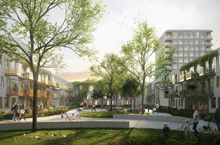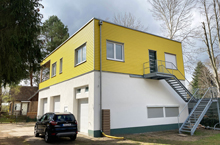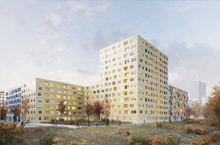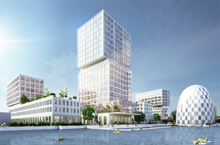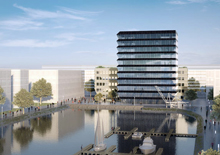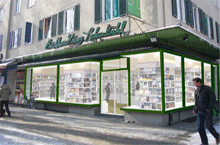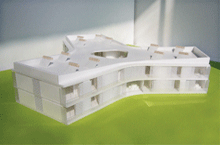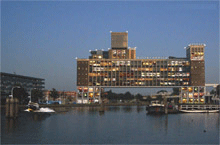morePlatz
architecture / urbanism / art / office / publications / contact deutsch
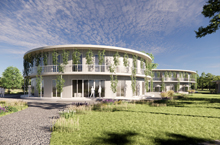 |
|
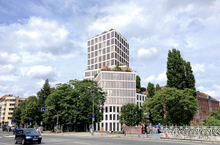 |
|
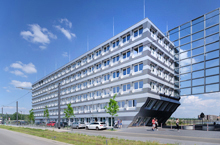 |
|
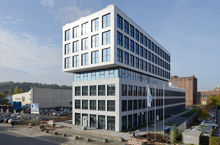 |
|
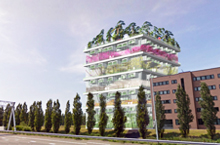 |
|
 |
|
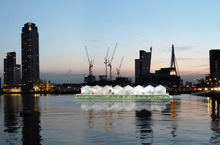 |
|
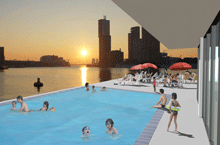 |
|
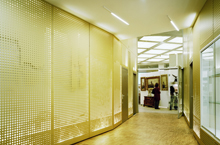 |
|
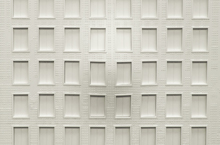 |
|
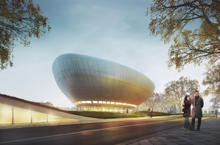 |
|
 |
|
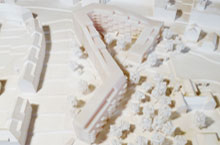 |
The location of 'Kronenwiese' marks the transition from the inner city to the more quiet residential neighborhoods along the slope of 'Zürichberg'. A beautiful site overlooking the city towards the valley of river Limmat, yet restricted by busy roads on two sides of the site which cut the connections to the adjacent areas and to the river. |
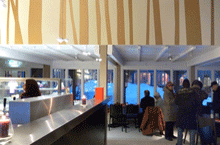 |
The Bavarian National Forest is Germany’s first National Park. It was found in 1970 and represents a regional attraction and important economic factor for the whole area with more than 700.000 visitors per year. |
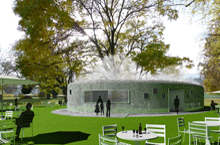 |
|
 |
|
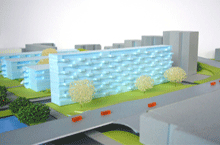 |
|||
|
|||
|
||||||
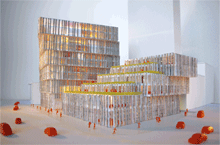 |
|||||||
|
|||||||
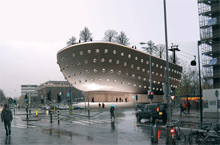 |
|
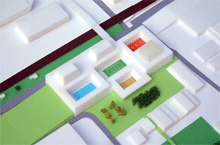 |
|
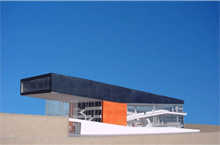 |
|
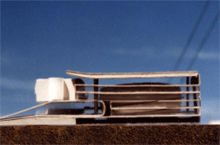 |
|
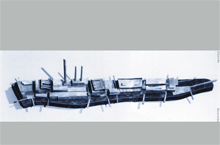 |
|
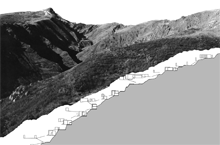 |
|
